Geology Reference
In-Depth Information
H
G
F
E
D
C
B
A
b
Uplift, tilting, and faulting
c
Erosion
a
Sedimentary deposition
L
K
J
I
d
Sedimentary deposition
T
j
Sedimentary deposition
L
K
J
I
M
e
Intrusion
S
L
K
J
M
i
Lava flow
O
f
Uplift and erosion
Q
P
Q
L
N
M
R
g
Sedimentary deposition
h
Intrusion
◗
Figure 17.12
Using Relative Dating Principles to Interpret the Geologic History of a Hypothetical
Area
a
Beds A-G are deposited,
b
The preceding beds are titled and faulted.
c
Erosion.
d
Beds J-L are deposited, producing
an angular unconformity (I).
e
The entire sequence is intruded by a dike.
f
The entire sequence
is uplifted and eroded.
g
Beds P and Q are deposited, producing a disconformity (N) and a
nonconformity (O).
h
Dike R intrudes.
i
Lava S fl ows over bed Q, baking it.
j
Bed T is deposited.
In addition to surface geology, geologists are interested in
subsurface geology because it provides additional infor-
mation about geologic features beneath Earth's surface.
A variety of techniques and methods are used to acquire and
interpret data about the subsurface geology of an area.
When drilling is done for oil or natural gas, cores or rock
chips called
well cuttings
are commonly recovered from the
drill hole. These samples are studied under the microscope and
reveal such important information as rock type, porosity (the
amount of pore space), permeability (the ability to transmit
fl uids), and the presence of oil stains. In addition, the samples








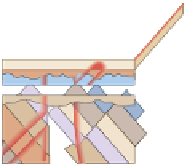



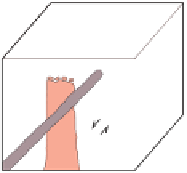











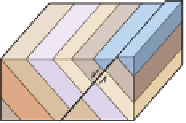

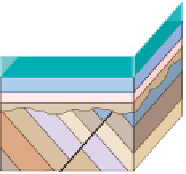
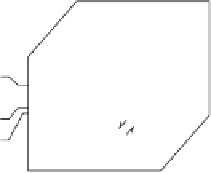








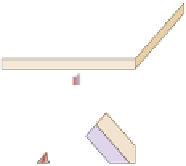


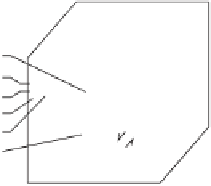























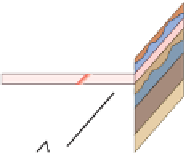
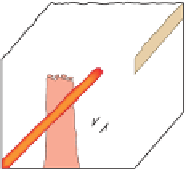







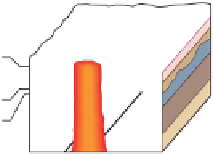









































































































Search WWH ::

Custom Search